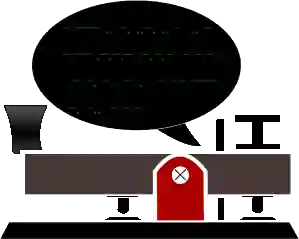
Morse code information
Definition and History
Developed in 1835 by the painter and inventor Samuel Finley Breese Morse, Morse Code is a binary system of distance representation of numbers, letters and graphic signs, using short and long sounds, as well as dots and dashes to transmit messages.
This system consists of all letters of the alphabet and all numbers. The characters are represented by a specific combination of dots and dashes, as shown in the table above. To form the words, just perform the correct combination of symbols.
The messages are transmitted through sound intervals (whistle) or light (flashlight), and can be picked up by several devices, such as, for example, the radio and telegraph.
This means of communication was widely used by sailors during the 19th century. The first maritime rescue record after a distress call using the Morse Code occurred in 1899, in the Dover Strait.
Application
Morse messages are usually transmitted by a manual transmission tool, such as the telegraph, but there are variations introduced by the practice of sending and receiving - more experienced operators are able to send and receive at high speeds. In general, any code representing a symbol written as signals of varying lengths can be transmitted by Morse code, but the term is used especially for two types of Morse code used for the English alphabet and associated symbols.
Telegraph companies charged based on the length of the message sent. Elaborate business codes were developed to encode common phrases in groups of five letters that were sent as simple words. Examples: BYOXO (Are you trying to get out of this?), LIOUY (Why don't you answer my questions?), And AYYLU (Unclear code, repeat more clearly). The letters of these groups of five letters were sent individually using Morse code.
In computer network terminology, I could say that the commercial code is placed on top of the Morse code, which is taken to the top of the binary code, which is taken to the top of the physical telegraph network. Still in use in amateur radio are Code Q and Code Z; they have been and are used by operators for services such as transmission quality, frequency changes, and telegrams.